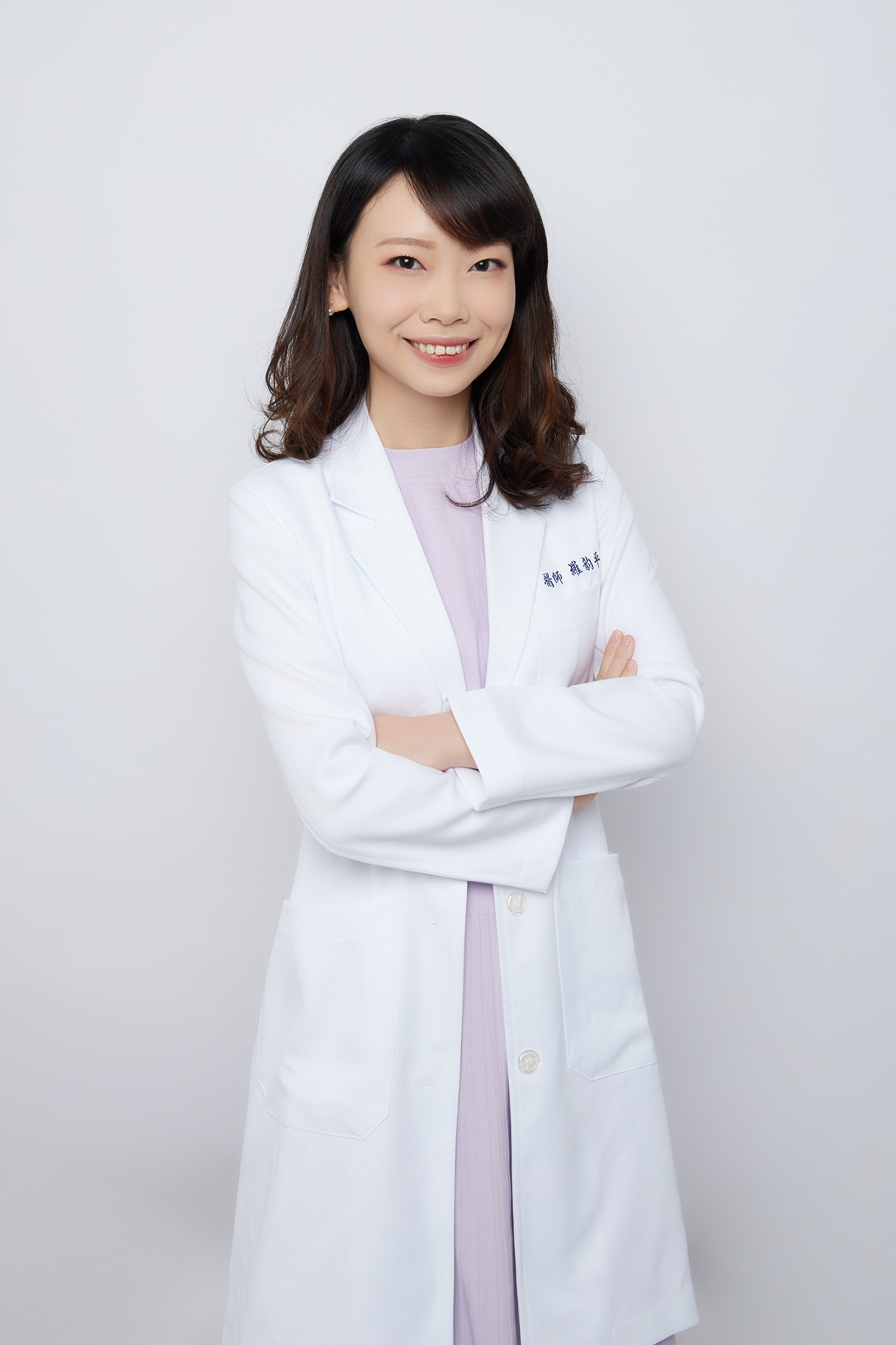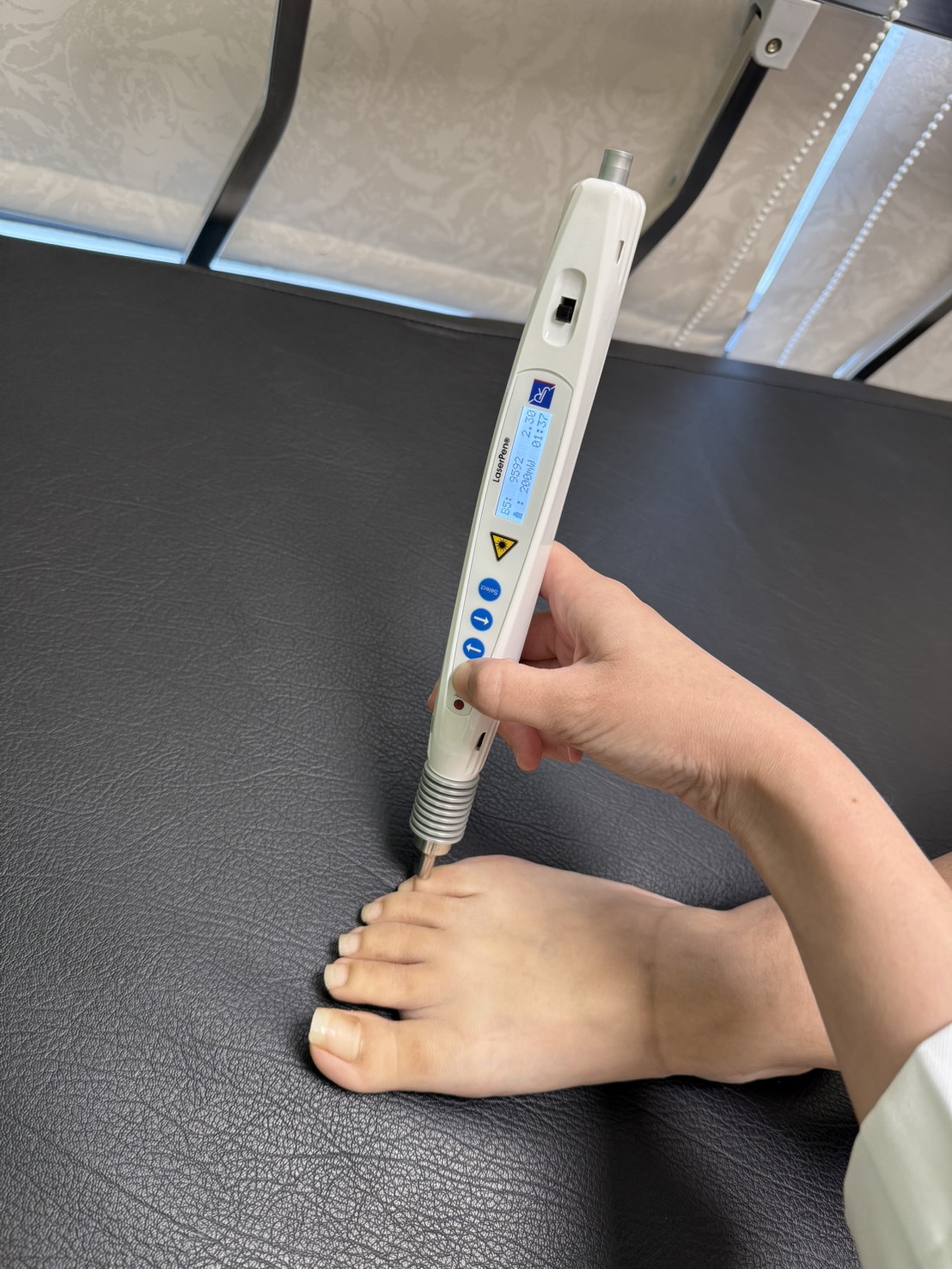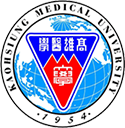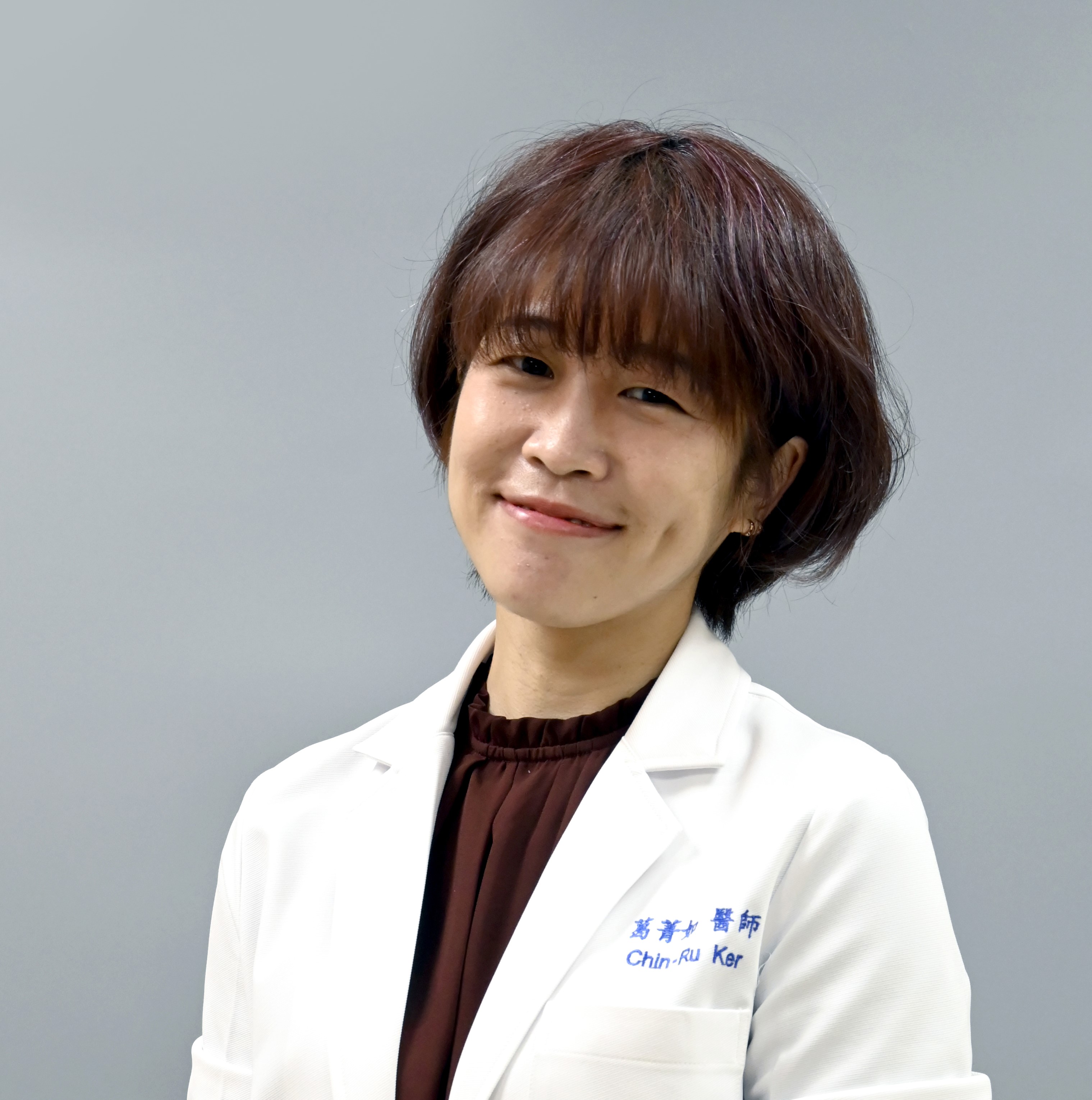Director of Obstetrics and Gynecology, Dr. Ching-Ju Ke
TCM Physician, Dr. Yun-Ping Lo
Mrs. D, a 38-year-old multiparous woman pregnant with her third child, was familiar with the pain and fatigue of vaginal delivery. However, thanks to her experience and understanding of the birthing process, she recovered quickly postpartum and was soon able to move around freely. Naturally, she expected her third baby to be delivered vaginally as well. But during her 32-week prenatal check-up, an ultrasound revealed that the baby was in breech position.
Dr. Ching-Ju Ke, Director of Obstetrics and Gynecology at Kaohsiung Medical University Gangshan Hospital, explained that any fetal position other than head-down is considered a breech presentation. Possible causes include uterine abnormalities (such as bicornuate or septate uterus, fibroids), placental position (e.g., placenta previa or cornual placenta), too much or too little amniotic fluid, narrow maternal pelvis, fetal abnormalities (e.g., anencephaly, hydrocephalus, neck masses), short umbilical cord, or multiple pregnancies. Compared to cephalic vaginal deliveries, breech vaginal deliveries carry higher risks of neonatal complications and mortality. Therefore, more than 90% of expecting mothers and doctors choose or recommend a cesarean section for the safety of both mother and baby.
Between 28 and 32 weeks of pregnancy, fetal movement becomes more active, and many babies naturally turn into the head-down position in preparation for birth, significantly reducing the chance of breech presentation. However, by 35 weeks, the likelihood of spontaneous correction decreases. If breech presentation is detected during the 30-week prenatal visit, several strategies can increase the chance of turning the fetus. Common methods include knee-chest position exercises, swimming, and yoga. In recent years, Traditional Chinese Medicine (TCM) techniques like acupressure, moxibustion, and laser acupuncture have also been shown to be safe and effective. In Mrs. D’s case, having successfully delivered vaginally before, she enthusiastically followed these recommendations, and within two weeks, her baby turned to the desired position, avoiding a cesarean section.
Dr. Yun-Ping Lo from the TCM department explained that in traditional Chinese medicine, breech presentation is classified under "difficult labor," "reverse birth," or "abnormal delivery." Historical texts record various treatment methods to correct fetal position, including manual repositioning, herbal remedies, and most notably, moxibustion.
Among moxibustion points, the most commonly used is the Zhiyin point, located on the Bladder meridian. This technique dates back to the Tang Dynasty, when physicians used moxibustion on the Zhiyin point to help correct fetal position. From a TCM perspective, moxibustion at this point promotes smooth Qi and blood flow in the Bladder meridian, enhancing blood circulation and helping the fetus turn into the correct position.
In recent years, "laser acupuncture" has emerged as an alternative. It combines the benefits of acupuncture and moxibustion while significantly reducing adverse reactions. After comprehensive TCM diagnosis (inspection, listening/smelling, inquiry, and palpation), the most suitable frequency and acupoints can be selected for treatment. The greatest advantage of this method is its non-invasive nature. During treatment, the mother may feel mild soreness or swelling at the treated area, but the overall experience is comfortable. There’s no need to endure the discomfort or anxiety of needles or the rare risk of fainting during acupuncture, nor the potential risk of burns from traditional moxibustion.
From a modern research standpoint, acupuncture treatment for breech presentation can begin as early as the 30th week of pregnancy. It is recommended to receive treatment 3 to 5 times per week, with each course lasting two weeks. Expecting mothers facing similar challenges are welcome to consult during outpatient visits.
Director of Obstetrics and Gynecology, Dr. Ching-Ju Ke

TCM Physician, Dr. Yun-Ping Lo

Laser acupuncture combines the benefits of both traditional acupuncture and moxibustion, making the treatment process more comfortable.

